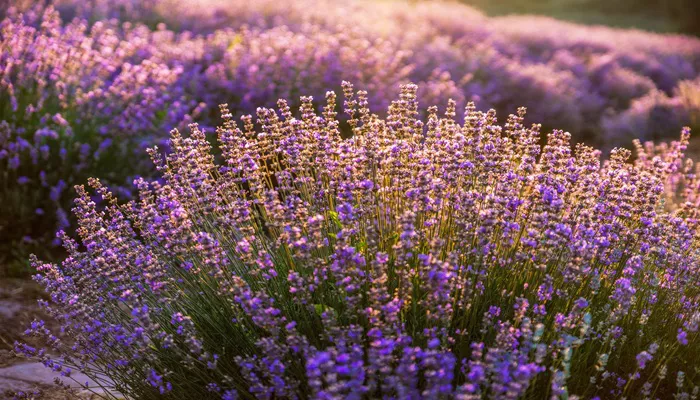Hot Summer Sparks Need for Drought-Resistant Plants.
This summer has been unrelentingly hot, with heat waves beginning in May and continuing without respite. As climate change brings more extreme weather, gardeners are finding it necessary to adapt. The search for resilient plants that require little water yet still attract birds and butterflies has become a priority for many.
California native plants are an excellent choice for tough, dry conditions. Hardy shrubs like manzanita, toyon, ceanothus, coffeeberry, garrya, Catalina cherry, bush lupine, and Pacific wax myrtle have proven reliable. Additionally, eye-catching natives such as salvia, buckwheat, California fuchsia, monardella, wallflower, yarrow, lavatera, penstemon, and sticky monkey flower are highly recommended.
Lavender is a must-have in any garden. This plant is loved by both hummingbirds and butterflies, and there are many varieties available. ‘Hidcote Superior’ forms a compact mound with striking purple flowers in early summer. Other varieties like ‘Royal Purple,’ ‘Betty’s Blue,’ ‘Violet Intrigue,’ ‘Sachet,’ and ‘Royal Velvet’ offer a range of colors and bloom times. ‘Goodwin Creek’ is a reliable choice that blooms from spring to late fall, producing deep violet-blue flowers. For midsummer blooms, consider ‘Grosso,’ a variety widely grown in France and Italy and known for its fragrance. Spanish lavender is another excellent option, blooming from spring into summer if regularly sheared. By planting a mix of lavenders, gardeners can enjoy a succession of flowers throughout the season.
Penstemons are another excellent choice for attracting hummingbirds and butterflies. These plants come in a variety of colors, from the native species to garden hybrids. The red flowers of ‘Garnet’ and the blooms of the native ‘Blue Bedder’ are particularly striking.
Achillea ‘Moonshine’ is a tough, long-blooming plant that butterflies love. Its dense, yellow flower clusters make excellent cut flowers, and the gray-green foliage complements any garden color scheme. Once established, yarrow requires minimal care and can tolerate some watering, though it is drought-resistant. After blooming, it should be cut back, and clumps should be divided when they become crowded.
Salvias are another excellent addition to a drought-tolerant garden. Autumn sage blooms from summer through fall and comes in a variety of colors, from deep purple and true red to rose, pink, and white. ‘Purple Pastel’ is particularly beautiful, with blossoms that attract hummingbirds and butterflies.
For those seeking true blue flowers, salvia chamaedryoides is an elegant choice. This front-of-the-border plant has silvery foliage that sets off its brilliant blue flowers. It blooms most heavily in late spring and fall, with deadheading encouraging additional blooms. Although drought-tolerant, this salvia benefits from occasional summer watering.
Other drought-resistant plants that attract hummingbirds and butterflies include gaura, coreopsis, and homestead purple verbena. Asters, Russian sage, black-eyed Susan, bee balm, mums, autumn joy sedum, and cosmos are also popular with winged visitors and make excellent cut flowers.
After planting these water-efficient plants, it’s important to spread fresh wood chips or compost to mulch the soil. Mulch helps insulate and protect shallow roots from the intense summer heat, keeps the soil cool, and slows the evaporation of water, keeping the soil moist for longer periods.
No matter where you garden, providing food, nectar, or berries for birds and butterflies is essential. Be sure to include flowering perennials in your garden plan to support these important pollinators.


